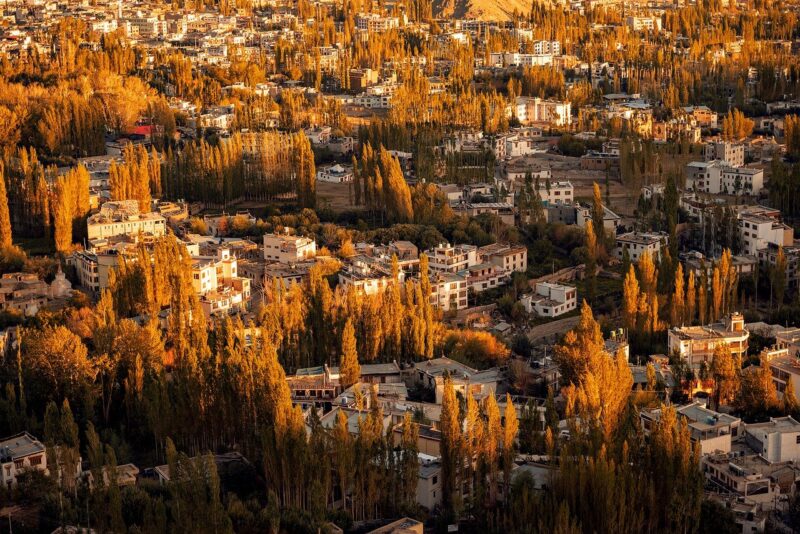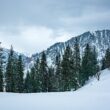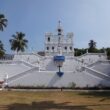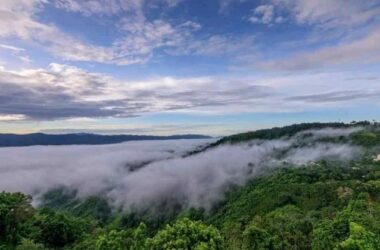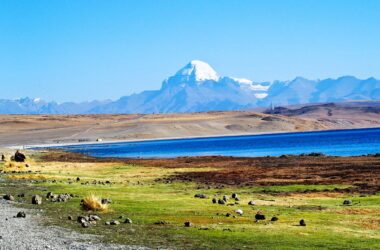Leh Ladakh, nestled in the northernmost part of India, is a mesmerizing destination that offers breathtaking landscapes, serene monasteries, and thrilling adventures. With its rugged terrain, snow-capped mountains, and pristine lakes, Leh Ladakh attracts travelers from around the world. However, due to its high altitude and extreme weather conditions, choosing the right time to visit becomes crucial for an unforgettable experience. In this article, we will guide you through the best time to visit Leh Ladakh and make the most of your trip to this magical land.
Table of Contents
- Introduction
- Spring (March to May)
- Summer (June to September)
- Monsoon (July to September)
- Autumn (October to November)
- Winter (December to February)
- Conclusion
- FAQs
Introduction
Leh Ladakh is a region known for its extreme climate and challenging terrain. The best time to visit depends on your preferences and the experiences you seek. Whether you are an adventure enthusiast or a nature lover, Leh Ladakh has something for everyone. Let’s explore the different seasons and the unique offerings they bring.
Spring (March to May)
As winter bids adieu to Leh Ladakh, spring breathes new life into the region. This season is ideal for nature enthusiasts as the entire landscape blooms with colorful flowers, making it a paradise for photographers. The temperature during spring ranges from 3°C to 20°C, offering pleasant weather for exploration. Popular attractions like Nubra Valley, Pangong Tso, and Magnetic Hill are easily accessible during this time.
Summer (June to September)
Summer is considered the peak tourist season in Leh Ladakh. The weather during this time is favorable for adventure activities and outdoor exploration. The temperature ranges from 15°C to 30°C, providing comfortable conditions for trekking, mountaineering, and river rafting. The high mountain passes like Khardung La and Chang La open up, allowing access to remote areas. However, it is important to carry appropriate clothing as temperatures can drop significantly at higher altitudes.
Monsoon (July to September)
While monsoon brings rainfall to most parts of India, Leh Ladakh experiences minimal precipitation due to its rain shadow effect. The average temperature during monsoon ranges from 10°C to 25°C. This season offers a unique experience as the landscape transforms with lush greenery, and the rivers and waterfalls come alive. The roads can be a bit challenging due to occasional landslides, so it is advisable to check the weather and road conditions before planning your visit.
Autumn (October to November)
Autumn paints Leh Ladakh with vibrant colors as the foliage changes to golden hues. The temperature starts to drop, ranging from 0°C to 15°C, adding a touch of crispness to the air. This season is perfect for photography enthusiasts as the clear skies and pleasant weather provide excellent visibility. The famous Hemis Festival, celebrated in October, attracts many visitors during this time.
Winter (December to February)
Winter in Leh Ladakh is a magical time when the entire region is covered in a pristine blanket of snow. The temperature can drop below freezing point, with temperatures ranging from -20°C to 10°C. This season is ideal for adventure seekers who want to experience the thrill of frozen lakes, snow-capped mountains, and unique cultural festivals like Losar. However, due to heavy snowfall, many remote areas become inaccessible, and road trips may be limited.
Conclusion
Leh Ladakh is a destination that captivates travelers with its unparalleled beauty and rich cultural heritage. Choosing the best time to visit depends on your preferences and the experiences you seek. Whether you want to witness the blooming flowers of spring, embark on thrilling adventures in summer, witness the monsoon magic, capture the autumn colors, or experience the winter wonderland, Leh Ladakh has something extraordinary to offer in every season. Plan your visit accordingly, pack your bags, and get ready to immerse yourself in the enchanting world of Leh Ladakh.
Similar Articles
FAQs
Q1. Is it safe to visit Leh Ladakh during the winter season?
Ans. While winter in Leh Ladakh offers a unique experience, it is important to be well-prepared for extreme weather conditions. Make sure to carry appropriate winter clothing and check the road and weather conditions before traveling.
Q2. Can I visit Leh Ladakh during the monsoon season?
Ans. Yes, you can visit Leh Ladakh during the monsoon season. However, it is advisable to stay updated about the weather conditions and road accessibility as occasional landslides can occur.
Q3. Are there any altitude-related risks in Leh Ladakh?
Ans. Leh Ladakh is located at high altitudes, and altitude sickness can be a concern for some travelers. It is recommended to acclimatize properly, stay hydrated, and consult a doctor before visiting if you have any pre-existing medical conditions.
Q4. What are the must-visit attractions in Leh Ladakh?
Ans. Some of the must-visit attractions in Leh Ladakh include Pangong Tso Lake, Nubra Valley, Magnetic Hill, Leh Palace, Hemis Monastery, and Thiksey Monastery.
Q5. How can I reach Leh Ladakh?
Ans. Leh Ladakh can be reached by air through Kushok Bakula Rimpochee Airport in Leh or by road through the picturesque Manali-Leh Highway or Srinagar-Leh Highway.
In conclusion, Leh Ladakh offers an array of experiences throughout the year, each season painting a unique picture of this enchanting region. Whether you are an adventurer, nature lover, or culture enthusiast, Leh Ladakh will leave you spellbound. Plan your trip wisely, considering the weather and your interests, and get ready to embark on an extraordinary journey through the land of high passes.




